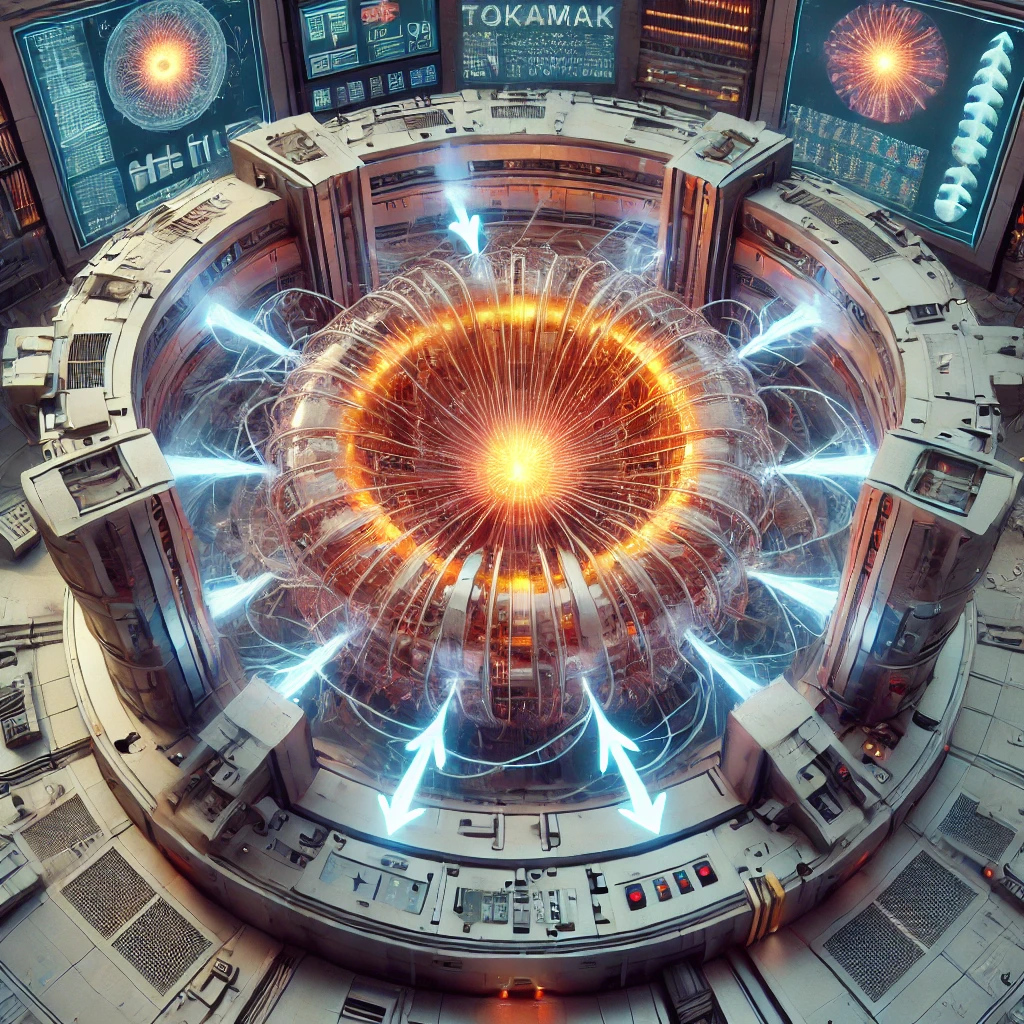What is a donut shaped power source?
Article Source: Tokamak Reactors on Google Books

Why you should care
Tokamak reactors could be a game-changer in the world of energy. They are at the forefront of nuclear fusion, which promises virtually limitless, clean energy by mimicking the process that powers the sun. With energy demands increasing globally, tokamaks could provide an eco-friendly solution, helping reduce reliance on fossil fuels and combat climate change.
Answering the question… What is a donut shaped power source?
Tokamak reactors confine hot plasma using magnetic fields in a doughnut-shaped chamber. The plasma, heated to about 150 million degrees Celsius, is where fusion occurs—atoms fuse together to create energy. This energy is released in the form of heat, which could be used to generate electricity in a way similar to how traditional power plants operate but without carbon emissions or long-lasting radioactive waste.
How was the study done?
This study gathered data from fusion experiments worldwide, particularly from high-profile projects like the ITER in France. The researchers focused on measuring plasma confinement, the stability of magnetic fields, and energy production rates. Advanced computer simulations helped refine predictions about the energy output, stability, and potential issues when scaling up these reactors for commercial use.
What was discovered?
- Energy Amplification: Studies show that tokamak reactors can produce 10 times more energy than they consume. In other words, for every unit of energy used to heat the plasma, up to 10 units of energy can be generated in return.
- Improved Plasma Stability: The introduction of advanced magnetic field configurations, such as the superconducting magnets in ITER, allows the plasma to remain stable for up to 6 minutes—a significant improvement over earlier designs, which could only confine plasma for a few seconds.
- Energy Efficiency: Over the past decade, efficiency rates have improved by over 35%, mainly due to advancements in plasma confinement techniques and better understanding of plasma behavior.
- Safety and Clean Energy: Fusion produces no greenhouse gases and only a small amount of radioactive material that decays in 50-100 years, unlike nuclear fission, which produces waste that can last for thousands of years.
- Economic Viability: The cost of running fusion reactors is predicted to decrease significantly over time. Current projections estimate that energy produced by tokamak reactors could be comparable to current energy prices, especially as renewable energy sources are integrated into the energy grid.
Why does it matter?
The discoveries made in tokamak reactors represent a major step toward practical fusion energy. As these reactors become more efficient and scalable, they could eventually provide clean, sustainable energy for billions of people worldwide. By reducing reliance on fossil fuels and minimizing long-term waste, tokamak fusion energy could be key to addressing global energy needs and mitigating the effects of climate change.
